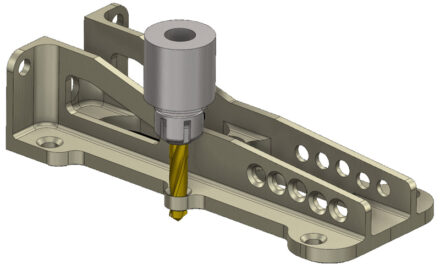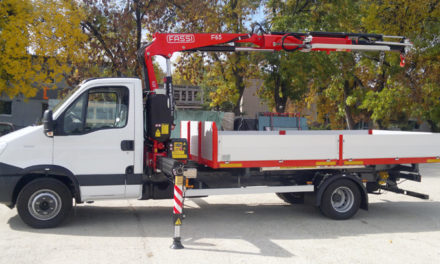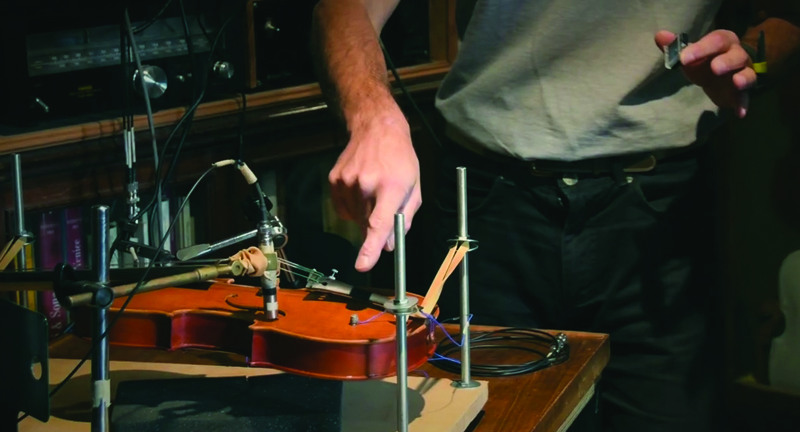
Italian research team unlocks the secret sounds of classic violins with Siemens technology
Genoa, Italy. The Associazione Liutaria Italiana (Italian Association of Stringed Instrument Makers) is a cultural association comprising instrument makers, researchers, and musicians.
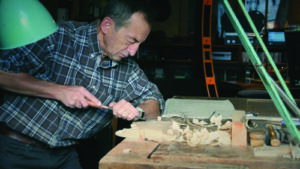 The aim of the association is the conservation of period instruments and the development of their modern counterparts. To achieve this, the team based around Professor Enrico Ravina from the Polytechnic School of Genoa University and engineer Paolo Sivestri has relied on solutions from the Siemens Digital Industries Software portfolio for over ten years. The experts investigate the sound quality of period stringed instruments and feed information back to modern instrument manufacturers to improve production. This is based on acoustic measurements and other instrument data captured by Siemens solutions.
The aim of the association is the conservation of period instruments and the development of their modern counterparts. To achieve this, the team based around Professor Enrico Ravina from the Polytechnic School of Genoa University and engineer Paolo Sivestri has relied on solutions from the Siemens Digital Industries Software portfolio for over ten years. The experts investigate the sound quality of period stringed instruments and feed information back to modern instrument manufacturers to improve production. This is based on acoustic measurements and other instrument data captured by Siemens solutions.
The experts are now working on producing a digital twin which will allow, among other things, old instruments to be faithfully reproduced for research purposes.
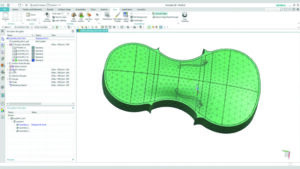 Why does a Stradivarius violin have such an exceptional tone? What makes it stand out from an ‘ordinary’ violin? To be able to answer these and other questions, Ravina and Sivestri need the data behind the sound. They generate this data by running simulations and tests using Siemens Simcenter Testlab and Simcenter Scadas hardware solutions. – The goal of our project is not necessarily to reproduce classic violins, says Ravina, – but rather to learn the secrets behind a certain type of acoustic performance. This might be the wood, the way it is constructed, the way it was repaired, the layers of different varnishes over the centuries, or how it was stored or used.
Why does a Stradivarius violin have such an exceptional tone? What makes it stand out from an ‘ordinary’ violin? To be able to answer these and other questions, Ravina and Sivestri need the data behind the sound. They generate this data by running simulations and tests using Siemens Simcenter Testlab and Simcenter Scadas hardware solutions. – The goal of our project is not necessarily to reproduce classic violins, says Ravina, – but rather to learn the secrets behind a certain type of acoustic performance. This might be the wood, the way it is constructed, the way it was repaired, the layers of different varnishes over the centuries, or how it was stored or used.
Digital violin
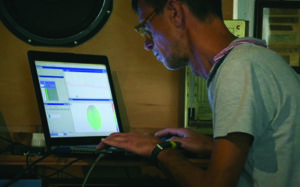 The researchers particularly appreciate the high-quality analysis capability of Simcenter testing solutions. For more than a decade, the team has been gathering quality data by performing model analysis using Simcenter Scadas hardware and analyzing it in Simcenter Testlab. After more than a decade since the project started, the researchers have now moved on from model analysis to a complete digital twin. To this end, the team has integrated data collected over the course of a year into a digital twin. The latest digital twin is a model of a new violin from the violin maker Montanari who is also involved with the project.
The researchers particularly appreciate the high-quality analysis capability of Simcenter testing solutions. For more than a decade, the team has been gathering quality data by performing model analysis using Simcenter Scadas hardware and analyzing it in Simcenter Testlab. After more than a decade since the project started, the researchers have now moved on from model analysis to a complete digital twin. To this end, the team has integrated data collected over the course of a year into a digital twin. The latest digital twin is a model of a new violin from the violin maker Montanari who is also involved with the project.
– With Simcenter 3D, we can quickly validate the importance of a test setup and explore other acoustic possibilities that we might not have thought about in a traditional setup, explains Professor Ravina. The portable Siemens Simcenter Scadas hardware/ is also the preferred solution as this allows tests to be carried out anywhere.
Prompt responses
– Our research is important because the violin maker requires specific information and many times this information is not available, summarizes Ravina.
– This is why it is so important to have portable instrumentation like Simcenter Scadas hardware and Simcenter software. They are easy tools to manage to have a prompt response for the violin maker during the construction of an instrument.

